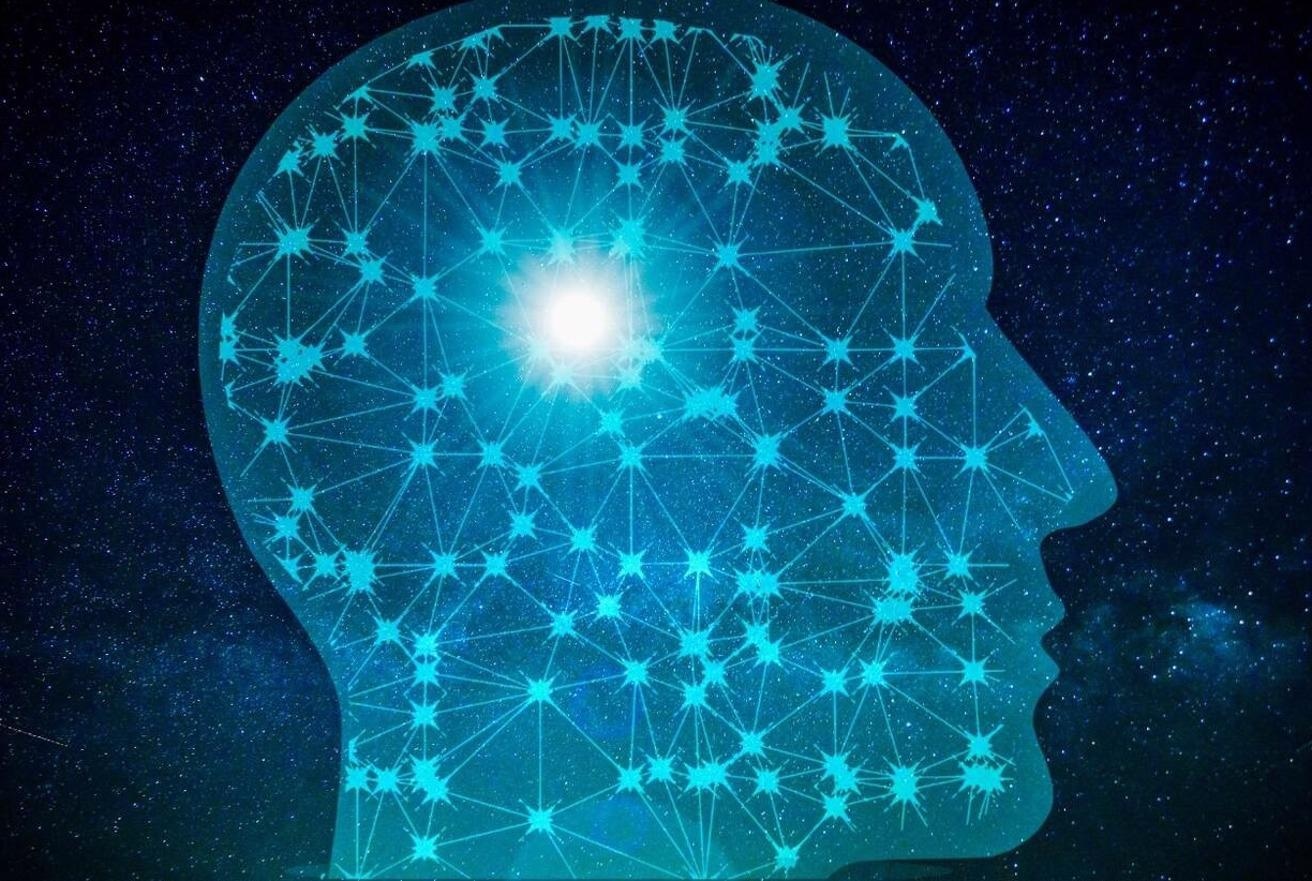
Image Credit: The Netherlands Forensic Institute.
The technology used to generate hidden messages and deepfakes is continuously evolving and this technology is also being used by criminals, warned the public prosecution service and the police.
The study will be conducted in a laboratory at the Innovation Center for Artificial Intelligence (ICAI). The NFI and the UvA have recently signed a Letter of Intent.
The joint study will target the application of Artificial Intelligence (AI) in forensic proof, for instance, developing computer models that can detect deepfakes, performing studies into the use of AI for detecting steganography (hidden messages), or investigating the use of AI in the reading of data from cars or voice recognition.
As time goes on, the new collaboration will be expanded into a separate forensic research laboratory within the ICAI.
Deepfakes are increasingly being used by criminals, according to Professor Zeno Geradts, one of the major forces behind the laboratory and a researcher from the NFI. Professor Geradts is also the special chair of Forensic Data Science at the UvA’s Faculty of Science.
He stated, “It’s used [...] to influence opinions using computer-generated people. It’s almost impossible to distinguish between real and deepfake videos with the naked eye.”
Existing computer models can detect deepfake in about eight out of ten videos. In other words, it’s still not being detected in two out of ten videos. What we really want, however, is for at least 99.5% of deepfakes to be removed.
Zeno Geradts, Professor and Researcher, The Netherlands Forensic Institute
“More Research into Deepfakes Needed”
“More research is needed to enable deepfake videos to be distinguished from real videos,” stated Marcel Worring, professor of Multimedia Analytics at the UvA.
Detecting Hidden Messages in Videos
Apart from doing more research work on deepfakes, additional studies are also required on steganography, which refers to hiding messages in videos and photos. Steganography can be used by criminals to determine where and when a consignment of drugs will arrive, for instance.
An old-fashioned example of a hidden message would be the first letter of words in a sentence together forming a new word. But nowadays they also make videos that contain hidden messages in digital form. It would be useful if computers could help detect these messages. With AI, you can teach computers to detect these kinds of hidden messages, by training them on specific anomalies.
Zeno Geradts, Professor and Researcher, The Netherlands Forensic Institute
Research on Speech, Cars and Mobile Phones
A third study will focus on enhancing proof in voice recognition, by integrating location data with recognition on a cellular phone, for instance. Besides this, the UvA and the NFI will target the development of tools that will help improve the search for data on phones, for instance.
A PhD student will also be employed to carry out a study, in association with the police, into data that can be provided by cars. Nowadays, cars integrate an increasing number of sensors that can offer interesting data for evidence purposes in criminal cases.
Cross-Fertilization Between Academia and Forensic Practice
The target of the new scientific study is the value of digital forensics as proof. So what exactly the information say with respect to the vague link between the actions of a suspect and the digital traces found, especially considering the growing availability of anti-forensic software?
The research works will be carried out in association with the police, the judiciary, and the Public Prosecutor’s Office.
Dr Annemieke de Vries, Chief Scientific and Technology Officer from the NFI, is an excellent believer in the advantages of collaboration between academia and the NFI.
The aim is that there will be a kind of cross-fertilisation. The NFI has a great deal of forensic knowledge from professional practice. The UvA’s researchers often know about the latest methods, which can be applied to professional practice. The NFI also wants to be able to use the latest developments in criminal investigations by the police and the Public Prosecution Service.
Dr Annemieke de Vries, Chief Scientific and Technology Officer, The Netherlands Forensic Institute
“If we are to be able to respond to the forensic demands of both today and tomorrow, we need each other’s knowledge and expertise, ”added Dr de Vries.
“The lab collaboration with the NFI fits perfectly Amsterdam’s vision of AI Technology for People: together with our partners we develop digital technologies that prevent abuse and contribute to society,” concluded Peter van Tienderen, Professor and Dean of the Science Faculty.